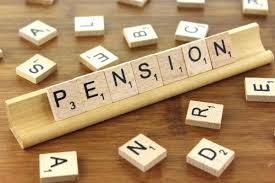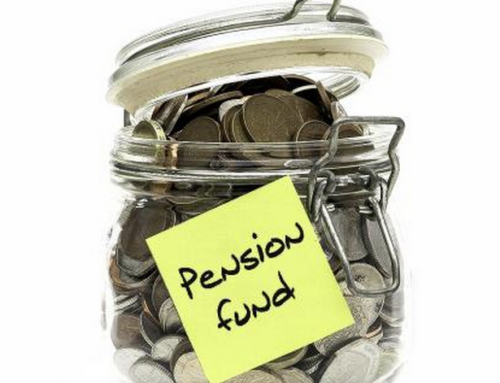
The collapse of construction firm Carillion has been widely reported and it’s no surprise that high-profile cases such as these cause worry amongst employees throughout the UK as to whether their promised workplace pension will be delivered when the time comes.
Defined benefit (DB) pensions are based on either a worker’s final salary or their average earnings during their career. As such, those in a DB scheme should know exactly how much they will receive annually when they retire. Robin Ellison, the chairman of trustees of Carillion’s pension scheme, has suggested to a committee of MPs that Carillion’s defined benefit pension schemes had a funding shortfall of approximately £990 million by the time the company collapsed, a figure which is higher than many thought.
The Pensions Regulator said that, based on the information it had in July 2017, it could not justify stepping in to regulate Carillion’s case as there was not sufficient concern. However, this then begs the question of exactly how far in the red many other DB pension schemes are within the UK, and whether the 11 million people enrolled in them need to be worried.
The Pensions and Lifetime Savings Association (PLSA) conducted a major study and found that most DB schemes had sustainable models in place to ensure future pay-outs could be met. However, they also found that of those that did not, the three million savers enrolled in the schemes only had a 50% chance of receiving their promised pay-outs. As such, the PLSA said that the collapse of more high-profile pension schemes was a “real possibility”.
When a company goes bust, the Pension Protection Fund (PPF) steps in to make DB payments to workers. However, these may not be as much as some workers are expecting. In this scenario, those over the pension age will receive their full pension, and pension payments for those employed on or after 5th April 1997 will rise in line with inflation up to 2.5%. Workers under pension age will receive 90% of their pension up to a government-set limit, which varies depending upon your age. Carillion had 27,500 workers, both past and current, enrolled in fourteen DB pension schemes, all of which are currently being transferred to the PPF.
Those in defined contribution (DC) pension schemes have less to worry about, as they will have paid into a pension pot which can then either be used to purchase a retirement income or can be cashed in subject to tax. The employer also makes contributions to this pot, which stop either when the employee leaves the company or the company ceases to exist. However, the pot is still invested in the employee’s name ready for when they retire. If the employee gets a new job, they will usually start contributing to a new pension pot.





